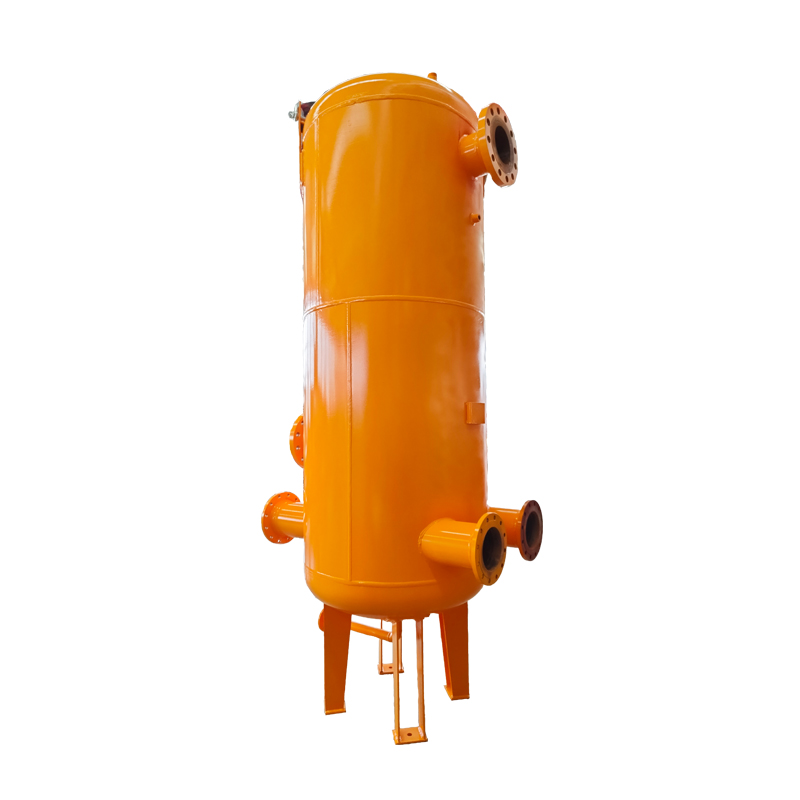
Nov . 27, 2024 09:56
Back to list
Understanding the Functionality and Benefits of Pressure Reducers in Fluid Systems
Understanding Pressure Reducers Essential Components in Fluid Systems
Pressure reducers, also known as pressure regulators, are vital components in various fluid systems, designed to control and reduce the pressure of gases or liquids entering a system. They play an essential role in safeguarding equipment, ensuring safety, enhancing efficiency, and maintaining optimal operating conditions.
The Functionality of Pressure Reducers
At its core, a pressure reducer is tasked with lowering the high inlet pressure of a fluid to the desired outlet pressure level. This functionality is crucial in systems where excessive pressure could lead to operational failures or hazardous conditions. For instance, in natural gas applications, a pressure reducer ensures that gas is delivered at a safe pressure for domestic use, thereby preventing potential explosions or leaks.
The mechanics of a pressure reducer involve sensing and adjusting the pressure within the system. It typically comprises a spring-loaded diaphragm that reacts to pressure changes. When the inlet pressure exceeds the set point, the diaphragm moves, allowing some of the gas or liquid to vent off, hence reducing the overall pressure downstream. Conversely, if the pressure falls below the set level, the diaphragm resumes its position, allowing more fluid through until equilibrium is achieved.
Applications of Pressure Reducers
Pressure reducers find applications across a wide range of industries, including gas supply, water distribution, HVAC systems, and manufacturing processes. In the gas industry, they are essential for regulating the supply of natural gas to residential and commercial establishments, ensuring that users receive gas at safe and manageable pressures. In water supply systems, pressure reducers help maintain water at a constant pressure, preventing damage to pipes and fixtures.
In industrial settings, these devices are critical for the operation of machinery and chemical processes, where pressure fluctuations could affect efficiencies and product quality. For instance, in a manufacturing process that relies on pneumatic systems, pressure reducers ensure that the air pressure remains stable, facilitating smooth operation and reducing wear and tear on equipment.
Types of Pressure Reducers
There are various types of pressure reducers available, each designed for specific applications and media types. Some common types include
pressure reducer

1. Diaphragm Pressure Regulators These are the most commonly used regulators, utilizing a diaphragm to control the pressure based on mechanical feedback. They provide precise regulation and are suitable for a wide range of applications.
2. Piston-Type Regulators Utilizing a piston mechanism, these regulators can handle higher flow rates and pressures. They are often used in heavy-duty industrial applications.
3. Electronic Pressure Regulators These devices use electronic sensors and controllers to maintain pressure, providing highly accurate regulation and the ability to integrate with automated systems.
4. Pressure Reducing Valves (PRVs) Typically designed for water systems, PRVs help directly manage the pressure without the need for complex mechanisms.
Importance of Regular Maintenance
Like any mechanical component, pressure reducers require regular maintenance to function efficiently. Over time, wear and tear can lead to inaccuracies in pressure regulation, potentially causing system malfunctions or safety hazards. Regular inspection, cleaning, and timely replacement of worn parts are crucial for ensuring reliability and longevity.
Additionally, it is important to select the right pressure reducer for the specific application, considering factors such as the type of fluid, flow rate, and required outlet pressure. Consulting with manufacturers or experts can help ensure that installations meet safety standards and operational requirements.
Conclusion
In conclusion, pressure reducers are indispensable elements in fluid management systems. They provide crucial benefits that include enhanced safety, operational efficiency, and equipment protection. By understanding their functionality, applications, and maintenance requirements, operators can significantly optimize their systems and ensure safe and efficient operations. As industries continue to evolve, the importance of reliable and effective pressure regulation remains paramount in achieving sustainability and operational excellence. Whether in gas distribution, water supply, or industrial processes, pressure reducers will continue to play a critical role in shaping the future of fluid systems.
Latest news
-
Safety Valve Spring-Loaded Design Overpressure ProtectionNewsJul.25,2025
-
Precision Voltage Regulator AC5 Accuracy Grade PerformanceNewsJul.25,2025
-
Natural Gas Pressure Regulating Skid Industrial Pipeline ApplicationsNewsJul.25,2025
-
Natural Gas Filter Stainless Steel Mesh Element DesignNewsJul.25,2025
-
Gas Pressure Regulator Valve Direct-Acting Spring-Loaded DesignNewsJul.25,2025
-
Decompression Equipment Multi-Stage Heat Exchange System DesignNewsJul.25,2025

